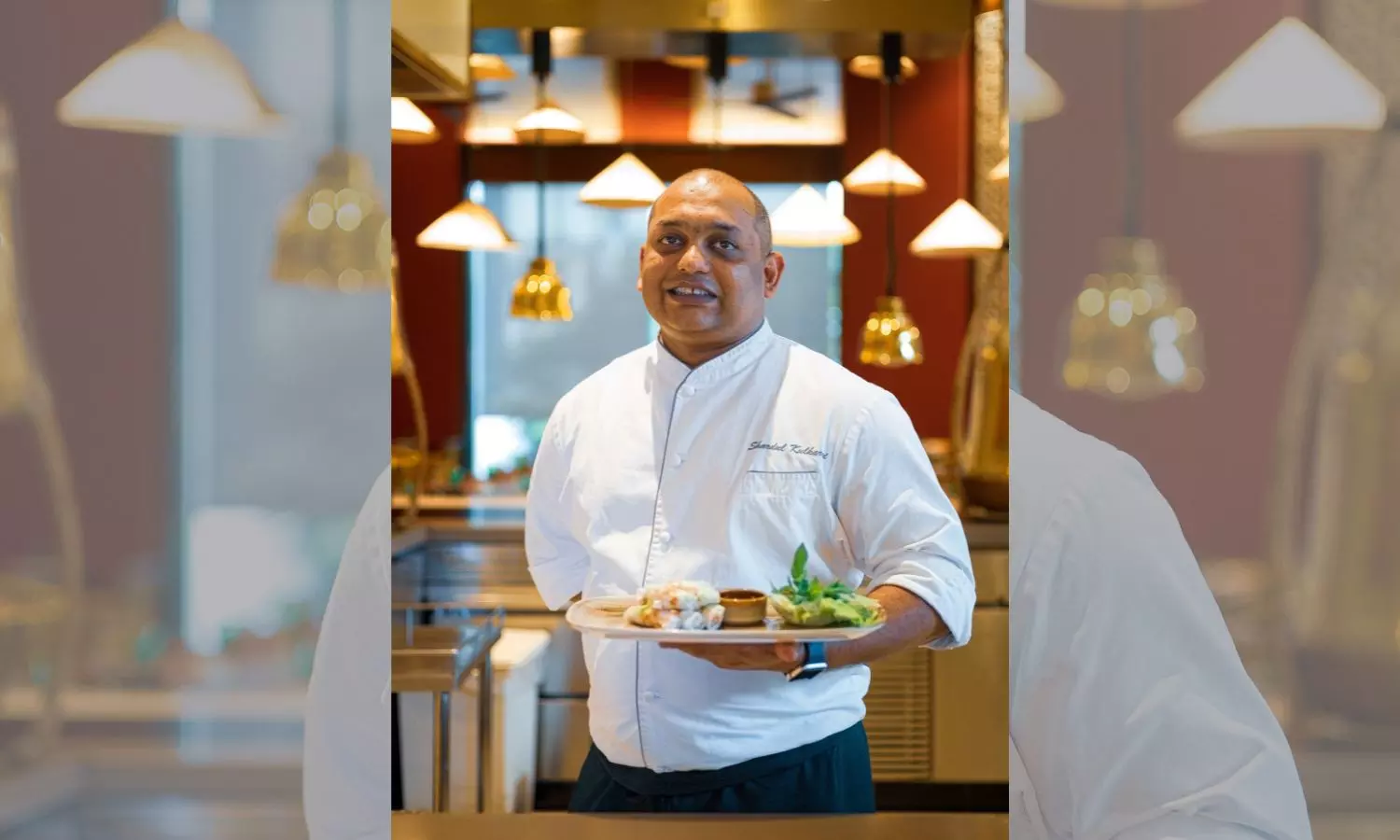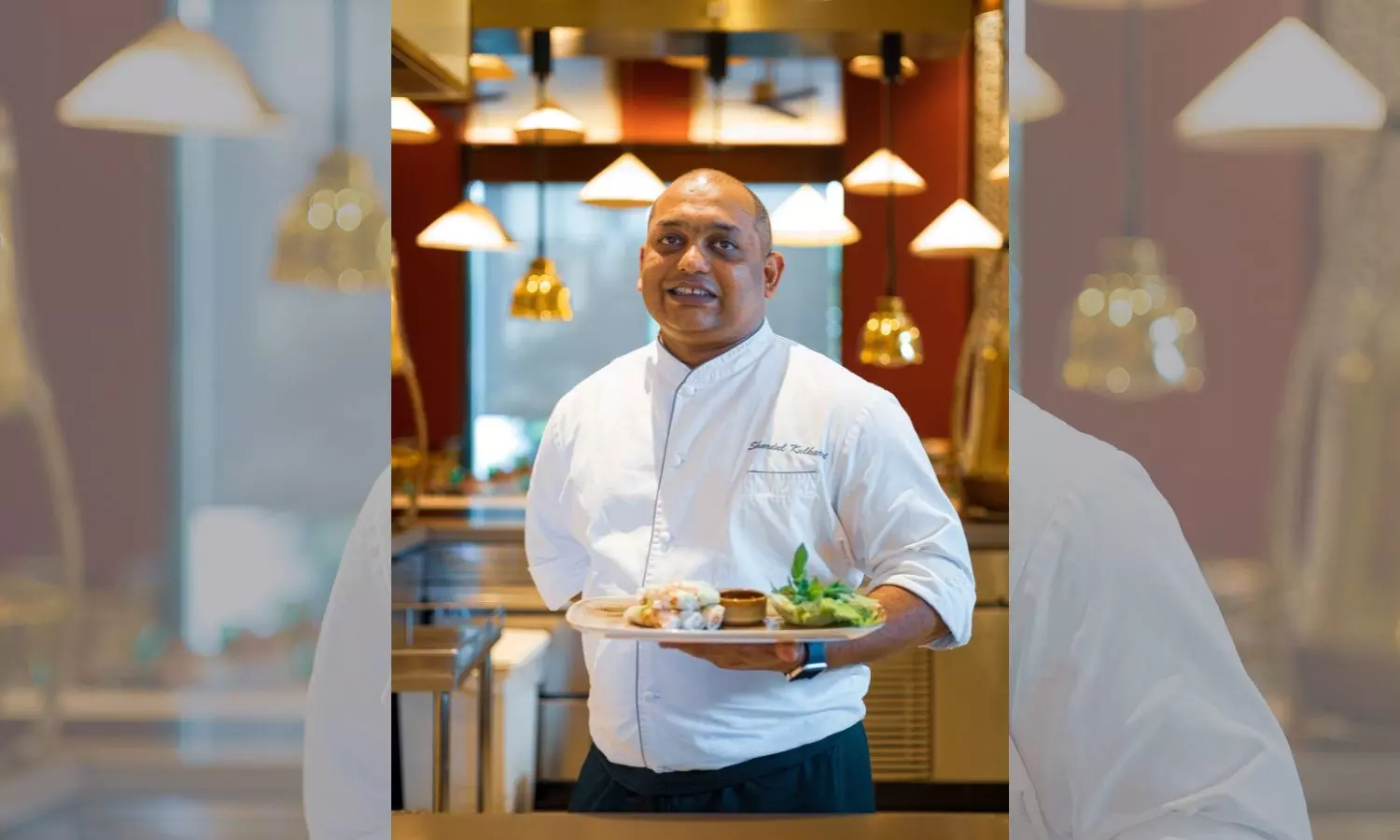
Executive Chef Shardul Kulkarni of Sheraton Saigon Grand Opera Hotel shares his insights on the demand for Cantonese cuisine in Vietnam, sustainable kitchen practices, and how local culture has inspired his culinary journey. With a passion for simplicity and quality ingredients, Chef Kulkarni has evolved his culinary style through international experiences and travel. From sourcing local ingredients to reducing food waste, he prioritises eco-friendly values in his kitchen.
How do you perceive the demand for Cantonese cuisine in Vietnam, and what opportunities does this present for you as a chef?
Cantonese cuisine is extremely popular in Vietnam and is among the mostin-demand cuisines in the country, appealing to both local patrons or the travellers. You can easily find a Cantonese restaurant in Ho Chi Minh City or Hanoi, ranging from establishments in big hotels to independent restaurants and China Towns. As an Asian country, Vietnamese strongly values the culture of family gatherings where they come together and share stories and happiness. Consequently,Yum Cha has become a popular tradition among Cantonese food enthusiasts, offering them a chance to relish delicious dim sums and socialize. Vietnamese guests are genuinely keen on trying new food combinations or dishes, which as chef, keeps you motivated and provides opportunities to demonstrate your skills and knowledge.
What has led to the popularity of Cantonese cuisine in Vietnam, and what dishes do you think would resonate particularly well with the local palate?
Vietnamese cuisine shares some similarities in cooking techniques and ingredients with Cantonese cuisine. Over the years a large Chinese community has settled in Vietnam, playing a crucial role in introducing Cantonese cuisine across the country. Cantonese signature dishes highlight the original flavor of the main ingredient, emphasizing its high quality and freshness, which are greatly appreciated by local guests. At Li Bai, Sheraton Saigon Grand Opera Hotel, our dim sum varieties are highly praised not only for their authentic taste but also for their freshness and distinct flavors. Guests can easily recognize this attribute as the dim sums melt in the mouth. Another popular dish and our best-seller is the local grouper, which is simply cooked in a clay pot on a bed of roasted ginger, garlic, celery, stalks, and deglazed with Shaoxing wine.
How do you ensure that your menu choices and kitchen practices align with eco-friendly values?
Following Marriott’s sustainability direction, at Sheraton Saigon Grand Opera Hotel we ensure that we “Go Local” in our sourcing procedures. Since 2023, as part of Marriott’s Serve 360 strategy for environmental responsibility, Sheraton Saigon Grand Opera Hotel has taken significant steps toward a comprehensive approach to sustainability. This includes obtaining sustainability certifications and practicing responsible sourcing, leading us to become a Green Globe certified member, excelling in the evaluation of their sustainability performance. Adhering to the “Go Local” mantra our sourcing procedures involve using as many locally sourced products as possible, sourcing ‘cage-free eggs’ from sustainable egg farms and practicing responsible seafood sourcing by using MSC or ASC certified seafood and avoiding protected or overfished species. We also track food waste and recycle leftover food from buffets to be used as animal feeds or fertilizers. We collaborate closely with our procurement team to work with suppliers who source their products locally and responsibly. We consistently review our menu, engineering, assessing dishes that our guests like and dislike, which helps us reduce waste in our kitchens. Additionally, we monitor and reduce water consumption in our kitchen’s operations on a monthly basis. These initiatives have helped us reduce our carbon footprint.
How do you source ingredients locally in Vietnam to create Cantonese-inspired dishes, and what challenges have you faced in doing so?
What initiatives have you implemented in the hotel’s kitchen to reduce food waste and promote sustainable cooking practices?
We have implemented various initiatives in our kitchens. These include, “Nose to Tail”or “Zero Waste cooking”, whereby every part of the fish or animal is used in different recipes within our operation to reduce the wastage; First in and First out principle; donating food waste to animal farms. Our kitchen team is committed to recording and monitoring our food waste daily while the service team continuously monitors the customer feedback to revise the menu planning. Additionally, we maintain proper storage of perishables within our operations and follow HACCP standards to prevent food through spoilage.
You have worked with numerous international brands and in various countries. How has your culinary style evolved over the years, and what influences have shaped your approach to cooking?
Over the years, my culinary style has become much simpler, focusing on showcasing the quality of the product and enhancing it with the right flavor combinations and cooking techniques. I no longer believe anymore that we need to have 15 or 20 different ingredients on a plate for it to taste better, you can achieve the same result within 5 ingredients on the plate. My travels have also greatly influenced my cooking style. Exposure to different cuisines and ingredients has developed my palate and helped me think outside the box about possible combinations.
What drew you to Vietnam as the next stop in your culinary journey, and how has the local culture and cuisine inspired you?
Mylove for travel and my desire to work in South-East Asia made Vietnam one of the top destinations on my lists. The country’s cuisine, rich heritage, and rapid growth in the region were all compelling reasons.So, when the opportunity came, I didn’t hesitate to seize it and it has been an amazing journey so far. The Vietnamese culture is vibrant, and so are its people who are very welcoming, friendly and respectful. The cuisine is incredibly diverse across the country with dishes like Pho and Banh Mi varying from North to South. The culinary tradition is sophisticated, yet it employs simple cooking techniques which focus on using fresh ingredients to highlight their flavors within a recipe.
